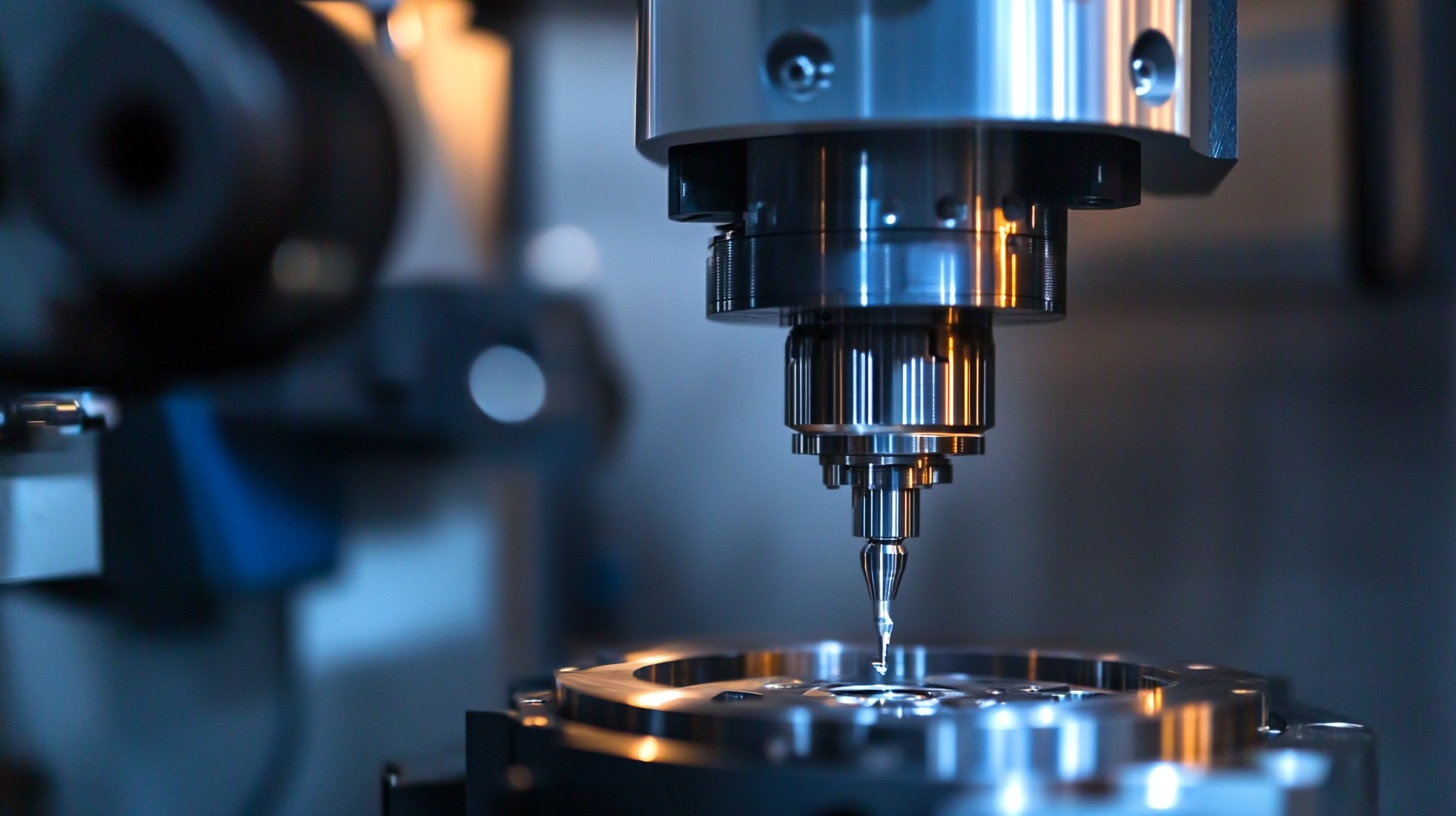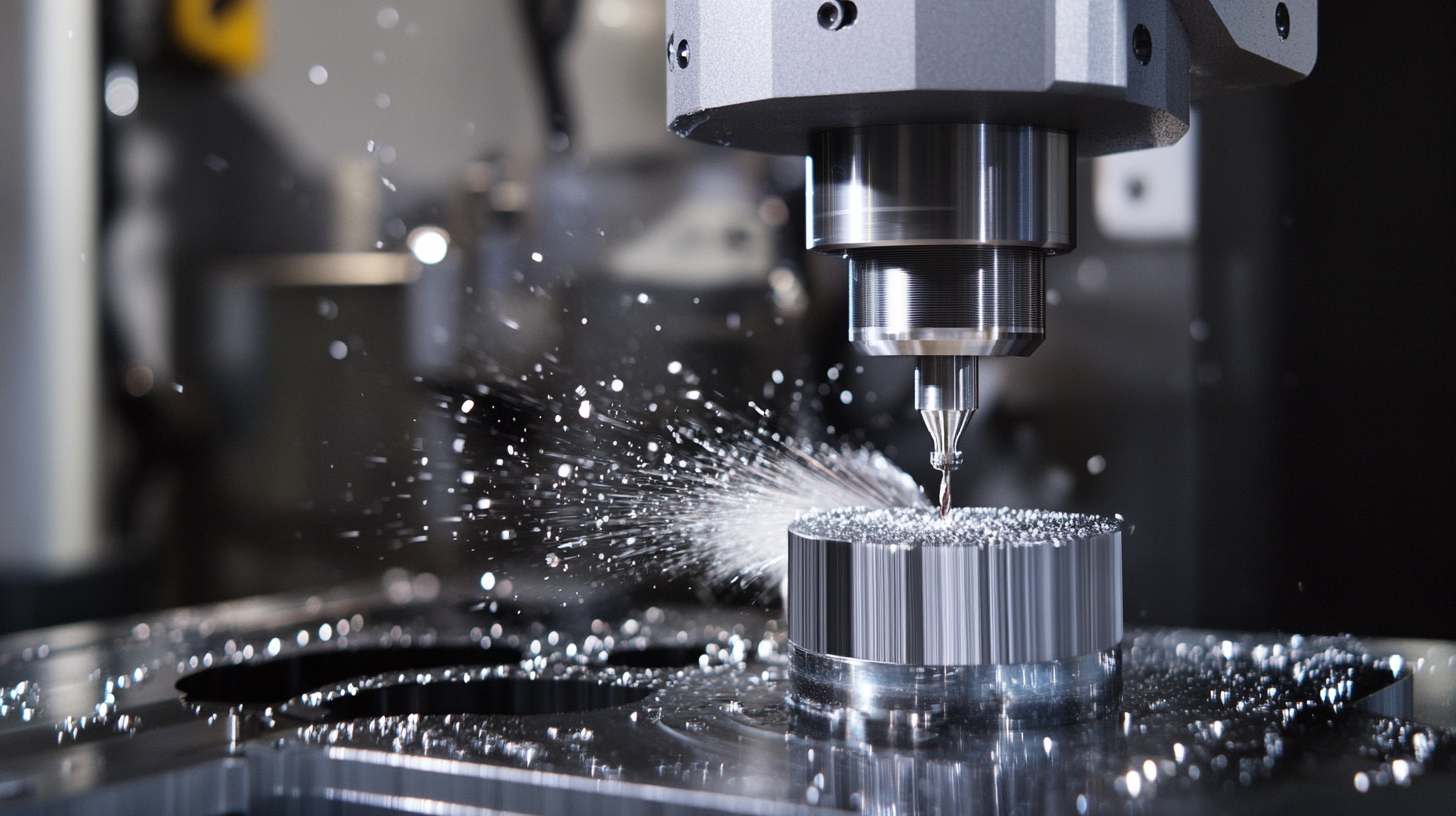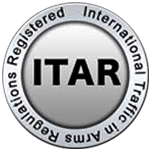Understanding Industry Production Standards for the Best Multi Axis Cnc Milling Machine
The landscape of modern manufacturing is undergoing a significant transformation, driven by advancements in technology and the increasing demand for precision-engineered components. At the forefront of this evolution is the Multi Axis CNC Milling Machine, a pivotal tool that empowers manufacturers to achieve higher levels of efficiency and accuracy. According to a recent report by MarketsandMarkets, the global CNC machine market is projected to reach approximately $100 billion by 2026, with multi-axis machines playing a crucial role in this growth due to their ability to perform complex machining tasks in a single setup.

As industries strive to meet stringent production standards while enhancing productivity, understanding the intricacies of multi-axis CNC milling machines becomes essential for success. In this blog, we will delve into the industry production standards that define the best practices for selecting and utilizing these advanced machines, ensuring that manufacturers remain competitive in a rapidly evolving market.
Key Factors to Consider When Choosing a Multi Axis CNC Milling Machine
 When selecting a multi-axis CNC milling machine, understanding the key factors that influence its performance is crucial. One of the primary considerations is the machine's build quality. A robust and well-engineered machine will offer improved precision and durability, which is essential for consistent production runs. Alongside this, the rigidity of the machine plays a significant role in maintaining accuracy during complex machining tasks, thus minimizing wear and tear on both the machine and the tools used.
When selecting a multi-axis CNC milling machine, understanding the key factors that influence its performance is crucial. One of the primary considerations is the machine's build quality. A robust and well-engineered machine will offer improved precision and durability, which is essential for consistent production runs. Alongside this, the rigidity of the machine plays a significant role in maintaining accuracy during complex machining tasks, thus minimizing wear and tear on both the machine and the tools used.
Another factor to consider is the control system. Advanced controls enhance user experience and facilitate the execution of intricate machining operations. Look for features such as intuitive interfaces, programmable cycles, and real-time feedback to improve operational efficiency. Additionally, compatibility with various CAM software can significantly affect workflow, making it essential to choose a machine that integrates seamlessly with the necessary design tools. Finally, don’t overlook the importance of service and support; reliable technical assistance can prevent downtime and ensure optimal productivity.
Essential Production Standards for Quality Assurance in CNC Machining
In the world of CNC machining, adhering to essential production standards is crucial for maintaining quality assurance. These standards not only ensure a high level of precision in creating components but also guarantee that the finished product meets the requirements specified by clients. To achieve this, manufacturers must implement rigorous quality control measures at every stage of the machining process. This includes regular calibration of equipment, thorough inspections of materials, and strict adherence to design specifications, which are pivotal in minimizing errors and defects.
Moreover, understanding industry standards such as ISO 9001 and AS9100 is vital for businesses looking to improve their manufacturing processes. These guidelines provide a framework for establishing a quality management system that enhances efficiency and reliability in production. By integrating these standards into CNC milling operations, companies can foster a culture of continuous improvement, ensuring that every multi-axis CNC machine produces components that not only meet but exceed industry expectations. Ultimately, prioritizing quality assurance through established production standards leads to customer satisfaction and contributes to long-term business success.
A Comprehensive Checklist for Evaluating CNC Milling Machines
When evaluating CNC milling machines, a comprehensive checklist can serve as an invaluable tool for making an informed decision. Start by considering the machine's axis configuration; a multi-axis setup allows for complex geometries and greater flexibility in design. Assess the build quality of the machine, focusing on materials used in construction, rigidity, and overall durability, as these factors significantly influence the machine's accuracy and longevity.
Next, inspect the specifications of the CNC milling machine, especially the spindle speed and feed rates. High-speed spindles enable faster production times while maintaining precision, which is crucial for meeting stringent industry standards. Furthermore, examine the control software; user-friendly interfaces can greatly enhance productivity and ease of programming. Lastly, consider the availability of support and training from the manufacturer, as well as the machine's integration capabilities within your existing workflow. This checklist will guide you in selecting the best multi-axis CNC milling machine tailored to your production needs.
Evaluation of Multi Axis CNC Milling Machines Based on Key Production Standards
This chart provides a comparative analysis of key production parameters for three different multi axis CNC milling machines. The metrics evaluated include precision, maximum spindle speed, the number of axes, workpiece size, and price, which are critical for understanding industry production standards.
Understanding Industry Specifications: What Makes a Multi Axis CNC Stand Out
When evaluating multi-axis CNC milling machines, understanding industry specifications is crucial for selecting the right equipment. One distinguishing feature of standout machines is their ability to operate with high precision and efficiency. According to a report by MarketsandMarkets, the global market for CNC machines is expected to reach $117.1 billion by 2026, driven by advancements in technology that allow for greater speed and accuracy. This growing demand emphasizes the importance of precise tolerances, with top multi-axis systems achieving machining tolerances as tight as ±0.005 mm.
Another significant characteristic that sets quality multi-axis CNC milling machines apart is their flexibility in handling various materials. High-performance models are often designed to work with a range of materials, from intricate plastics to tough metals. A study published by Research and Markets indicates that the adoption of multi-axis CNC technology is growing by 9.5% annually, largely due to the increasing need for versatility and adaptability in manufacturing processes. With multi-axis capabilities, manufacturers can optimize their production workflows and reduce operational costs, making the choice of machine critical in competitive markets.

Common Pitfalls to Avoid When Selecting CNC Milling Equipment
When selecting a multi-axis CNC milling machine, it's crucial to navigate the common pitfalls that can lead to inefficiencies and increased costs. One major mistake is overlooking the machine's capabilities regarding material types and sizes. Before making a purchase, ensure that the CNC mill can handle the specific materials you intend to work with, as different machines have varying tolerances and capabilities.
Tip: Always evaluate your current and future projects to choose a machine that not only meets your immediate needs but also has the versatility to adapt to potential changes in your production demands.
Another common pitfall is neglecting the importance of software compatibility. A high-quality CNC machine is only as effective as the software that operates it. Compatibility issues can lead to delays and additional expenses. Make sure to choose a machine that seamlessly integrates with your existing software systems or comes with robust software tailored for CNC operations.
Tip: Consult with your software providers and the machine manufacturer for recommendations on the best equipment that can enhance your workflow while minimizing potential integration problems.
NORTH EASTON MACHINE • 218 Elm Street • North Easton, MA 02356 • 508-238-6219

